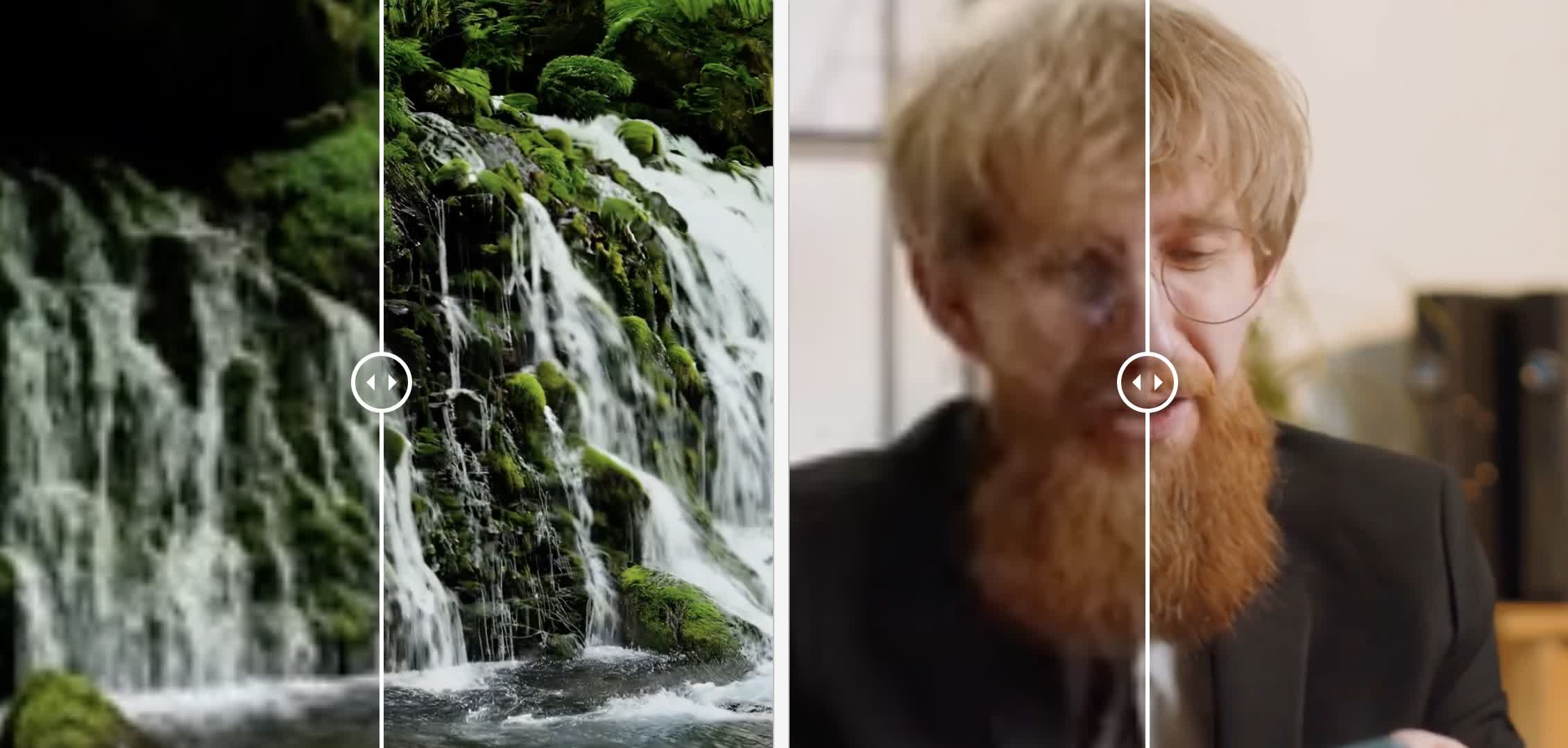Adobe Photoshop and Firefly receive new AI enhancements, hilarity ensues

Serving tech enthusiasts for over 25 years.
TechSpot means tech analysis and advice you can trust.
Recap: Adobe introduced AI tools to its image editing suite a year ago and now aims to enhance them with better performance and new features. However, the upgrades aren’t immune to some of the pitfalls associated with AI, occasionally yielding humorous results.
Adobe’s new AI-based foundation model, Firefly Image 3, is now in beta. Available in Photoshop and the Firefly web app, the update enhances the performance of the company’s generative AI tools and introduces new methods for creating and editing images.
Introduced last year, Firefly utilizes AI to add or remove objects from pictures, alter surfaces, expand images to wider aspect ratios, and make other modifications. The primary focal points for Firefly Image 3 are style and consistency. Users can now generate pictures in a wider variety of styles or instruct the software to produce new images in a style similar to a reference.
The lighting in realistic pictures should now be more accurate. Furthermore, the new version of Firefly can comprehend longer and more complex prompts more accurately than its predecessor.
Photoshop’s generative fill tool, which many users amusingly used to expand iconic album covers last year, gains several new functions from Firefly Image 3. Adobe’s most popular image-editing software now features text-to-image generation for the first time, and users can also generate backgrounds for existing pictures.
Moreover, they can enhance details for a sharper image and iterate on creations by requesting similar outputs. Adobe’s demonstration video (above) makes Photoshop’s new tools appear seamless, but one user recently discovered that they can still lead to unexpected results.
you guys are right AI is taking over the world and i’m terrified ð pic.twitter.com/g4ih8GpZlA
– Nina Nikolic �’� Kerri (@kidkerrigan) April 23, 2024
Developer and animator Nina Nikolic attempted to use generative fill to expand the aspect ratio of a photo of herself in which her shoulder was cut off. However, when she asked the AI model to improve how it filled in the shoulder, it instead generated an entire extra person – a naked man – next to her picture. Another attempt resulted in a hideously deformed giant face.
Also: Low-res video enhancements
In related news, Adobe researchers recently unveiled their work on an AI-based video super-resolution tool. The technology, called VideoGigaGAN, shares the same goal as Nvidia’s RTX Video Super Resolution – making low-resolution footage appear cleaner on high-resolution displays. However, Adobe claims its solution adds clearer details for a less blurry result.
Multiple comparisons are available on GitHub.




